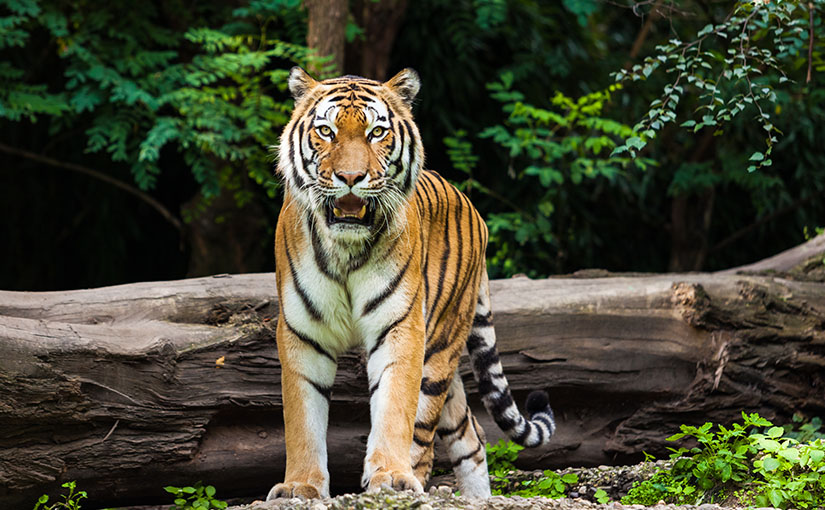How are Camera Traps Used in Conservation of Tigers?
How are Camera Traps Used in Conservation of Tigers?
13 Nov 2017
Joining forces with WWF-Singapore, Asian Tiger Mobility Group is helping to double the number of wild tigers by 2022. One of the ways field scientists collect critical data about tigers is by using camera traps. Camera traps are just like everyday cameras but they are armed with infrared sensors that take a picture whenever they sense movement in the forest.
Camera trap evidence can help to detect transboundary movement of tigers. For instance, 19 tigers were registered on the territory of both Russia and China. Some individuals crossed this border up to 10 times such that it is difficult to say if they are China or Russia’s residents!

Image 1: A camera trap photo of Tiger T 40F that has a double nationality after being captured on either side of Russia-China border
Land of the Leopard National Park
Camera traps, hidden in some of the world’s most remote and inaccessible locations, are activated by an infrared sensor when body heat or movement from an animal is detected. But how exactly do we use them for conservation?

Image 2: Description of a typical camera trap
Based on the photos and video taken, we are able to uncover invaluable information about rare species and their habitat, which we can use to ensure that they are effectively protected.
On the Indonesian island of Sumatra, for example, camera traps are used to help create a map of tiger territory. Thus providing crucial information for land-use decisions, such as what forests most need to be protected from logging.
Cameras tend to capture the unexpected! Day and night they provide a glimpse into a previously unseen world of some of the most endangered species on Earth.









